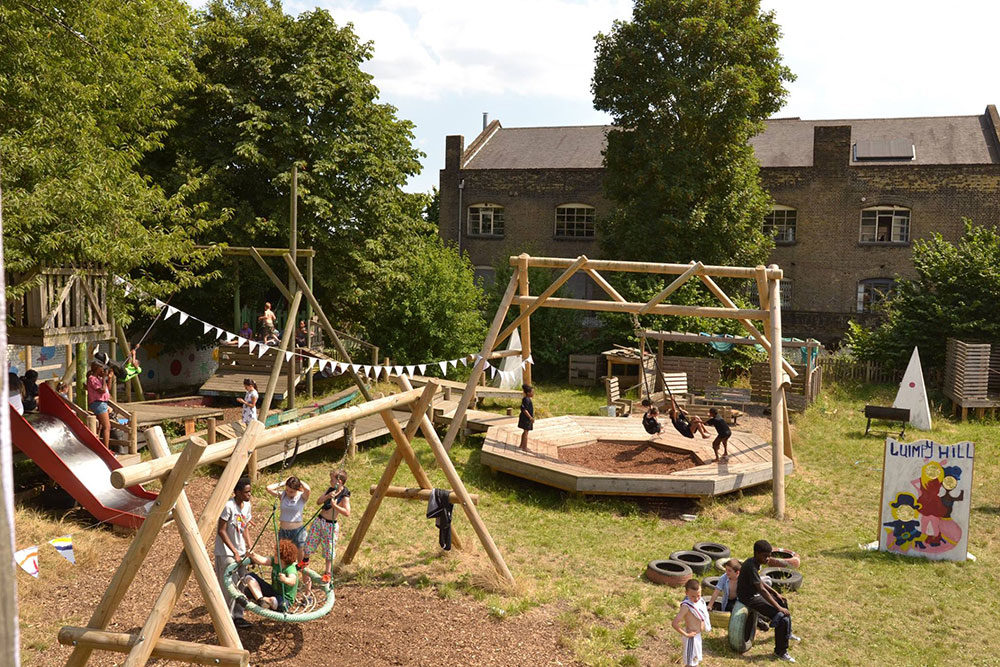Childhood has changed over the past fifty years. It is evident in our schools, our policies and in particular, our playgrounds. The world is centered around ensuring the safety of children, but are we truly helping kids by keeping them safe?
In a classic playground, there are few moving parts. Most modern structures are made of smooth plastic and are often low to the ground. Every hard surface is bolted firmly into place. Sometimes, even wood chips are removed in the fear that they constitute a hazard. Today’s playgrounds are designed to remove all risk rather than to be fun for kids. As a result, children are bored, which causes them to make poor.
Researchers have found that children accustomed to ‘safe’ playgrounds have a poorer ability to assess risk. As they are not presented with problems in their environment, children are not encouraged to learn creative problem solving. A well-designed playground prompts learning and fun. Modern playgrounds are designed to protect local governments from lawsuits.
In response to the flaws of modern playgrounds, some parents are pushing for a change in play structure design. Adventure playgrounds, invented in Denmark in the 1940s, present the change that parents seek. Unlike traditional playgrounds, designed to maximize safety, they offer controlled risk through access to building supplies. In adventure playgrounds, children have greater freedom and are invited to make structures themselves. This encourages creativity, collaboration, and improved risk assessment. Children in adventure playgrounds also tend to get more exercise, up to 18% more than children at traditional playgrounds.
Now, these benefits are certainly important, but parents may be concerned as to the risks. Wouldn’t access to things such as hammers and nails increase injury? Although true in theory, researchers have found that the developmental benefits gained by children from ‘risky play’ tend to outweigh the risks such play poses. Research has also found that the safety of modern playgrounds is often outweighed by the negligence such spaces encourage. Parents become distracted, falsely sure of their children’s safety.
Children in regular playgrounds are less likely to be careful and more likely to misuse equipment. Because they are bored, children will put themselves in dangerous situations. In adventure playgrounds, children are challenged, and all risks occur in a controlled environment. Adult organizers make sure kids use equipment properly, encourage the kids, and are prepared to step in if an incident occurs. This, coupled with better risk assessment, means kids stay safe while learning life skills.
One important distinction that supporters of adventure playgrounds make is the difference between hazards and controlled risk. A rotting board is a hazard, as it may collapse at any time and presents the possibility of injury. The climbing structure the board is part of, however, presents controlled risk. A child may climb higher, putting themself at greater risk of injury, but the risk is understood, and it can be controlled based on one’s ability. Hazards soley present danger, while risk, when controlled, can provide opportunities for growth. Regular playgrounds fail in that they conflate every risk as a hazard and try to eliminate risk. Adventure playgrounds allow risk, thus allowing learning and growth.
Children will always face danger, and learning to manage danger is a part of growing up. Rather than trying to eliminate risk, we should provide children with support as they learn to manage risk themselves. Free, risky play is a part of childhood, and it prepares children for adult life.

